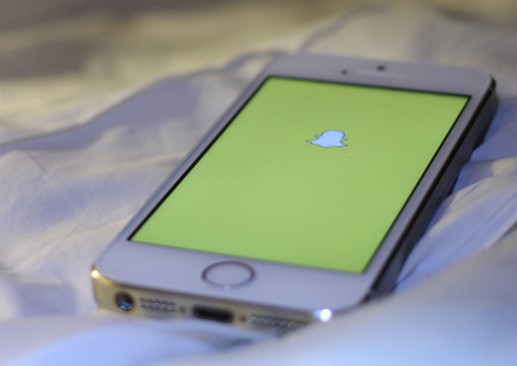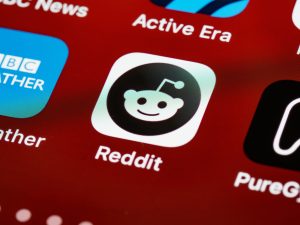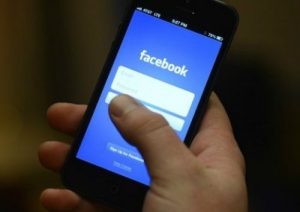Snapchat — the ephemeral photo-sharing app — has been grabbing headlines left and right in 2015.
In late January the four-year-old company launched Snapchat Discover, a feature that gives top media organizations like ESPN, Vice and Yahoo channels on its service to run videos, articles and other content.
This was a big deal in the media world, because Snapchat is extremely popular among millennials, a demographic that publications and advertisers alike are struggling to reach as a result of their non-traditional media consumption. Sixty percent of Snapchat users are between the ages of 18-24, according to Business Insider.
Now it appears the Los Angeles based app is starting to cash in on its advantage in the millennial market.
Last week Recode reported that placing an ad on Discover can cost a brand $100,000 if it gets one million views; Snapchat gets 50 percent of this revenue if it sold the ad, and the publisher gets 70 percent if it handled the sale.
An ad on Snapchat’s main feeds — Recent Updates and Our Story — comes with an even higher price tag. Adweek reported in January that Snapchat, which has 100 million monthly users, has solicited top brands like McDonald’s, Samsung and Macy’s to buy space on its app for $750,000 a day.
Those three brands ended up launching campaigns on Snapchat, but it’s unclear how much they ended up paying for them. (Here’s a link to the McDonald’s ad.)
By comparison, Adweek says a typical Youtube masthead ad costs $500,000.
Though the app certainly has reach with teens and millennials, industry experts are still skeptical of how much Snapchat is charging for its ad space. TechCrunch’s social media editor Travis Bernard wrote in January that Snapchat might have similar reach as Facebook and Twitter, but it doesn’t offer advertisers the same analytics and targeting.
Basically, a brand will have no idea who its interacting with, and there’s no way to track whether or not viewers bought its product.
To be fair, Snapchat has only been in the ad game since October, when it launched a campaign for Universal Pictures’s Ouija, and will probably develop more sophisticated analytics as its ad team grows. Facebook and Twitter certainly had to work through rough patches as they began to monetize.
But industry leaders gawking at Snapchat’s pricey ads certainly hasn’t stopped the app’s meteoric growth. China’s e-commerce giant Alibaba invested $200 million into the startup last week at a $15 billion valuation, and Digiday reported that the app is partnering with the NCAA and Turner Broadcasting to feature the Final Four in its Our Story feature, where users can view live events from around the world. Snapchat is also looking to team up with other sports leagues to broadcast events.
The app is even getting love from potential presidential candidates like Senator Rand Paul of Kentucky, who told Politico that his team is reaching “thousands of kids that we might not ever have reached before,” through Snapchat. Other politicians like Hilary Clinton and former Maryland governor Martin O’Malley have also been active on the app recently.
There’s still plenty of kinks in its services that Snapchat has to work out. Analytics is certainly one thing, but the app is also still dealing with serious security issues like the 100,000 snaps (photos) hackers claimed they stole in October of last year. (For those that aren’t familiar with the app, users can send “snaps” to their friends that are supposed to vanish within 10 seconds.)
But as Alibaba’s $200 million investment demonstrates, Snapchat is a hot investment right now and is likely to continue its upward path for the foreseeable future.
STORY IDEAS
Snapchat stories: Here’s how 6 news orgs are thinking about the chat app
Snapchat COO Emily White to Depart Ephemeral Messaging Phenom











